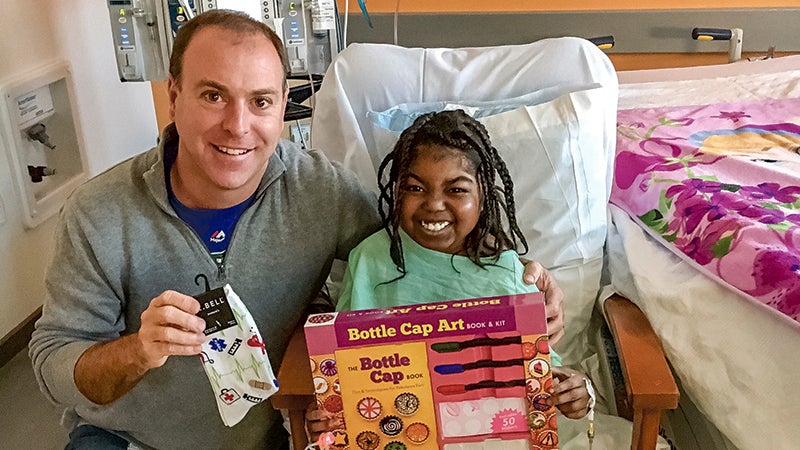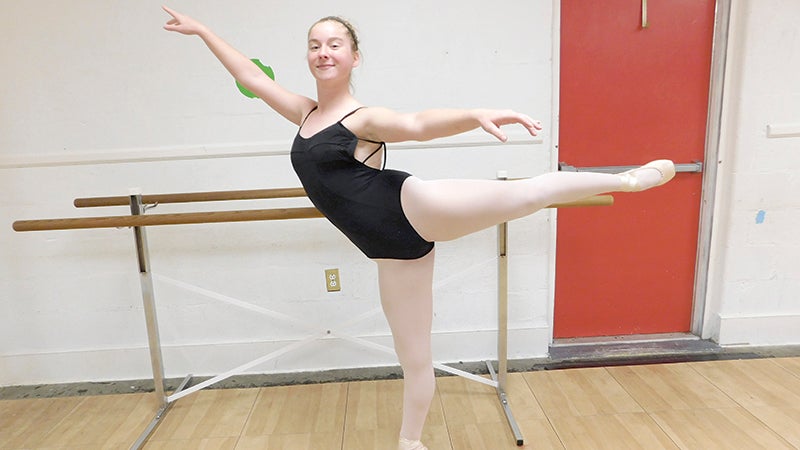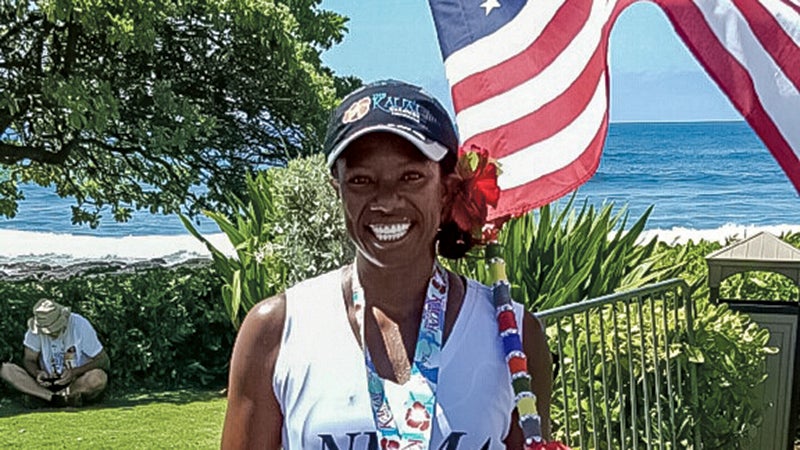Wind turbine project to be powered by grant
Published 9:19 pm Monday, November 26, 2012

John Yeates Middle School teachers Kelli Caras and Louis Garland won grants from the Armed Forces Communications and Electronics Association, which they will use to get students more excited about science, technology, engineering and math.
One of two John Yeates Middle School teacher recipients of an Armed Forces Communications and Electronics Association grant hopes to use the money to partially power a mobile classroom with the elements.
Kelli Caras, a sixth- and seventh-grade civics and science teacher and Louis Garland, who teaches eighth-grade science, received the grants along with association Science, Technology, Engineering and Math (STEM) Teaching Tools Awards.
The nonprofit international association works to encourage closer cooperation between civil government agencies, the military and industry, and its Hampton Roads chapter is among 134 worldwide.
Garland said he will purchase a wind turbine and materials to build a second turbine with his $1,000 grant.
John Yeates’ Cooperating Hampton Roads Organizations for Minorities in Engineering students will design, build, test and analyze the second power-generating turbine, he said.
“We are buying one, and we are building one, and we are going to analyze the difference between the two and open it up to all the other schools in Suffolk to try to see the difference,” he said.
The turbine will be capable of powering a couple of computers, but Garland is awaiting the results of another grant application, due in February, that could pay for solar panels.
With this, he hopes to take one mobile classroom at the school completely off the electrical grid.
Caras’s grant was for $200, which she put to use purchasing laboratory equipment for the after-school STEM club.
The new gear includes air pressure vacuum and kinetic and potential motion simulators, plus basic safety goggles.
“We’ll try to use them in the classroom, but they are mostly for the STEM club,” Caras said.
John Yeates’ STEM club, with 15 members this year, meets after school twice a month for one to two hours.
“They get a recommendation (to attend) from their teachers,” Caras said. “We have guest speakers and different activities.
“We did crime scenes last year (including) fingerprinting, blood analysis, glass-breaking patterns.”
According to Garland, “hundreds of thousands” of new jobs will be available in the STEM field by 2019. “They’re going to be open to graduates of STEM,” he said.
Caras agreed. “STEM is where the jobs are going to be by the time they graduate,” she said. “That’s where their future is.”





